Editor's note: This piece is an excerpt from our recently published report, 'The Future of Home Care: 9 Innovators Share Their Predictions for the Next Decade'.
Motion sensing cameras placed strategically around a home to detect movement – a key metric when looking at the overall health of an at-home care patient.
Eye training technology embedded into devices like AppleVision Pro to improve a senior’s declining vision.
At-home MRI tools that can provide a 3D scan of the entire body by utilizing the same simplicity as standing on a scale.
Even small, friendly-looking robots to assist an at-home care patient with everything from medication management to easing loneliness with an artificial – albeit intentional – form of companionship.
These innovations, and many more, might sound a bit far-fetched, but in the mind of healthcare futurist and researcher Ron Galloway, they’re not. Much—if not all—will likely be part of a suite of at-home care technology in a decade or so. AI is at the heart of these future-facing tools, working behind the scenes to take troves of data and assess risk, beaming information in real-time to a client’s care team to determine if physical intervention is needed.
As providers move to inject more value into their operations, Galloway believes that AI will increasingly be the tool to do just that for operators in the future. The goal is to provide care while avoiding isolation and maintaining independence. Still, ethical concerns regarding privacy, automation, and technological dependence must be addressed thoughtfully.
“AI is going to take over all sorts of ambient intelligence for assessing risk,” said Galloway. “It will be integrated (into care in the home), and people are going to have to accept that."
“An advanced device that you have at home provides value, and Medicare will pay for it because it saves money. It’s a huge component of value-based care going forward.”
The days of going into an office to see a doctor are short-lived, he said. Even today, a patient’s physician can be accessed via telehealth. However, Galloway envisions a future where this might become unnecessary.
"A time where AI 'doctors' are so sophisticated that they can conduct diagnoses virtually, with human doctors stepping in only as a last resort."
Galloway said this potential model would be more efficient, save money, and likely be as efficacious as traditional models of administering care. It also dovetails very well into the at-home care space.
“You don’t want to have people running all the time to the doctor’s office (for a diagnosis), especially those who are in the home receiving care,” he said.” I believe people will become super comfortable talking to an AI doctor rather than having a traditional doctor as they’ve known them. In the future, human doctors may very well be the last resort.”
When Galloway recently saw Tesla’s Optimus Robot in action, a robot humanoid with dexterity skills that allow it to perform tasks as precise as folding clothes, he said it was a turning point. 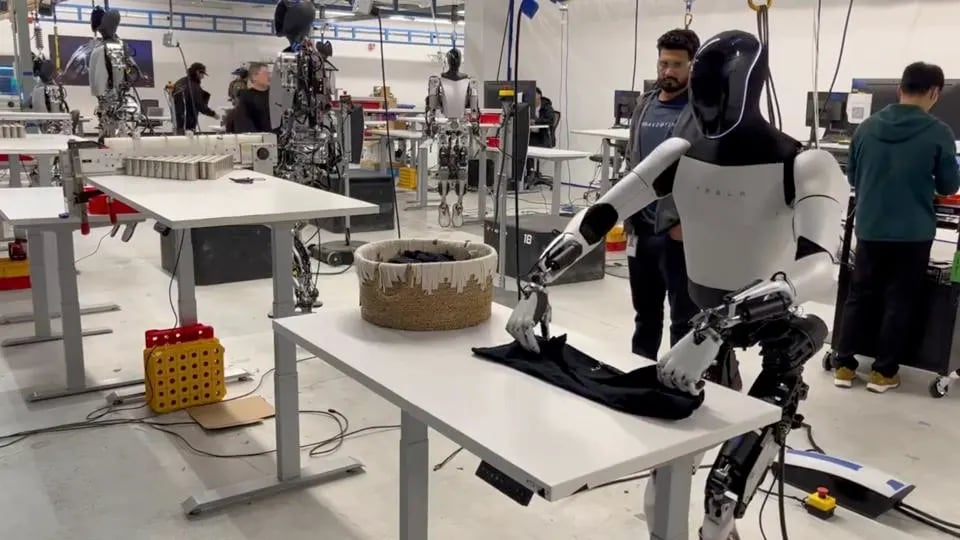
“I couldn’t believe what I was seeing,” he said. “Something had changed.”
AI-enabled robotics will also play a significant role. Although initially non-threatening, like the Furby-sized Paro bot, robots like Optimus may eventually assist seniors in the home. They could monitor medication, reinforce treatment plans, and reduce loneliness. Their physical presence and capabilities could expand in-home care options dramatically.

It’s no secret that the pace of AI development is accelerating rapidly, and innovations like ChatGPT demonstrate how these technologies could reshape healthcare in the next decade, Galloway said. AI will increasingly monitor, diagnose, prognose, and treat patients in the home by 2034.
A key trend in what Galloway calls the "AI Internet of Things" is where this technology collects data from sensors throughout the home to track vitals like sleep quality, dementia, and more. AI will analyze this data to provide insights, flag risks, and recommend interventions. Voice analysis could even identify early dementia symptoms.
Ubiquitous smart devices will enable ongoing monitoring and treatment without taxing limited healthcare workforces. AI will track clinical notes, health records, and speech patterns to assist physicians. Automation will also analyze the environment's role in individual health.
Augmented reality glasses like Apple’s Vision Pro could help patients be more active and creative while providing healthcare benefits. Visual therapies may improve conditions like poor eyesight. During home dialysis or chemotherapy, AI could distract and relax patients with various forms of entertainment. The technology might even be able to detect eye irregularities tied to heart disease, Galloway said.
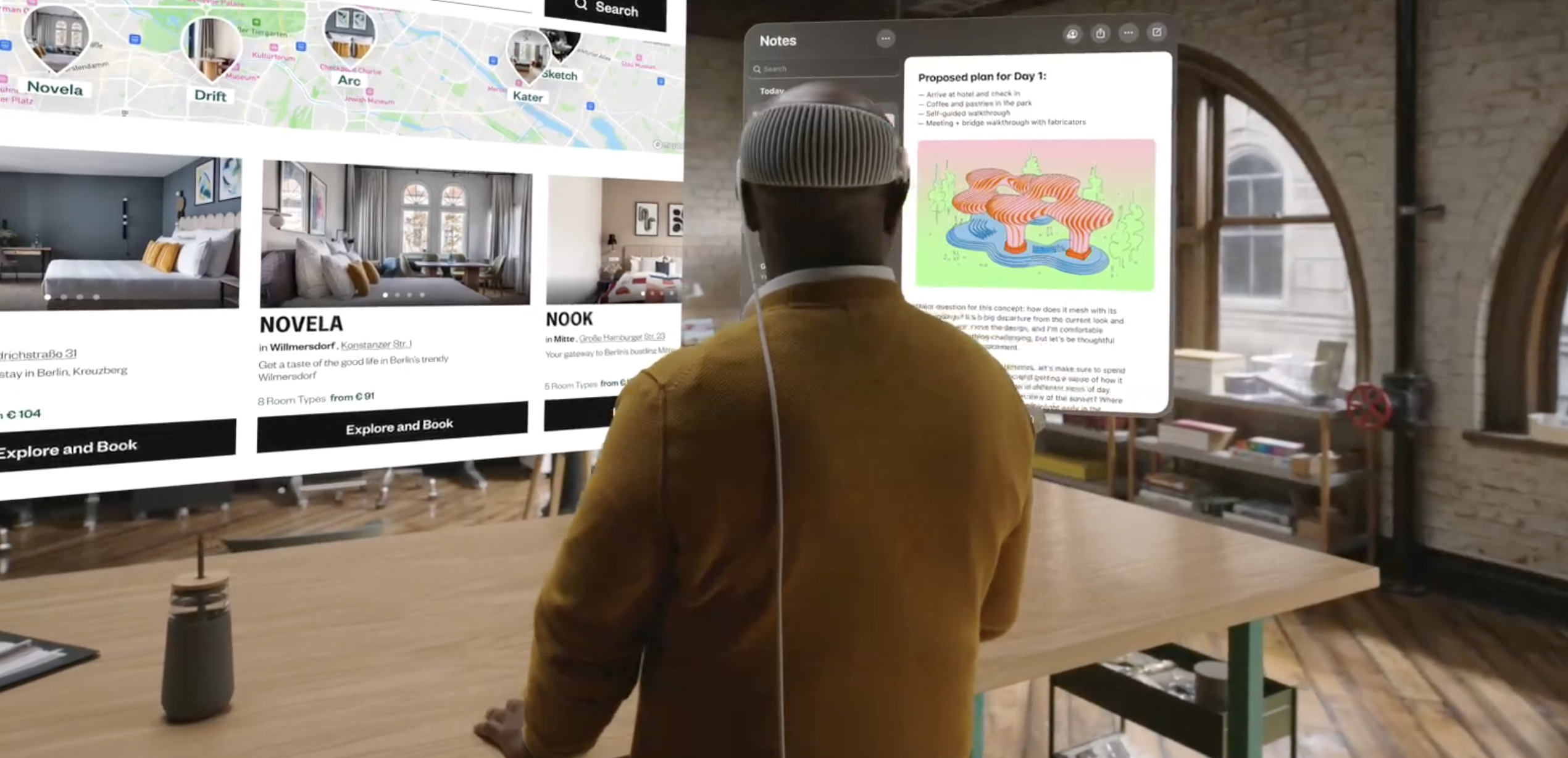
Galloway said virtual psychiatry sessions with AI may become more commonplace and comfortable than speaking to a human therapist. AI could eventually analyze dreams to identify mental health issues and environmental factors influencing mood and behavior. Implanted brain modulation devices could also help emotional regulation.
“In the context of what we're talking about, AI will become a huge disruptor because it reduces the need for humans,” Galloway said. “It will also reduce costs in home health care if it's able to take care of lots of clinical things preemptively. That's the big deal right now – we have 10,000 Baby Boomers turning 65 daily, but we don’t have the healthcare personnel to keep pace. So we need something that can jump over that and alleviate our giant staffing shortage. ”
AI is already boosting productivity and reducing doctor workloads by 30% or more for hospital systems. As capabilities advance, AI agents will take more initiative to improve patients' well-being. Galloway said they could manage finances, schedule appointments proactively, and continuously search for health optimization strategies.
With this in mind, Medicare integrating hospital-at-home programs into standardized coverage will enable expansion. Medicaid support would provide access for underserved groups. Patients will prefer the comfort and convenience while payers save money over institutional stays.
“AI's exponential growth will reshape healthcare by allowing inexpensive, continuous, personalized care in the home. It will integrate data streams, genetic insights, and environmental factors to track and enhance health outcomes holistically,”
“Patients will rely less on human providers for their routine care. It’s an incredibly exciting time.”
Ryan Iwamoto, President and Co-Founder of 24 Hour Home Care, sees AI and other automation tools becoming more commonplace in the operations of personal care providers. From scheduling appointments to sending out text reminders to clients to performing other back-of-house tasks primarily done by humans, these technologies will help ease the burden of tight operational margins.
Labor costs are increasing and can be significant depending on where a home care agency’s operations are located.
“The main driver for home care agencies in utilizing AI in the future is in cost control,” Iwamoto said. “The only way you make up for that is by charging more for your services. But AI and other tech will help bend the cost curve in the future.”
Posted by
Join us!
The retreat for home health care and hospice leaders innovators.
May 17-19, 2026 | Palm Springs, CA


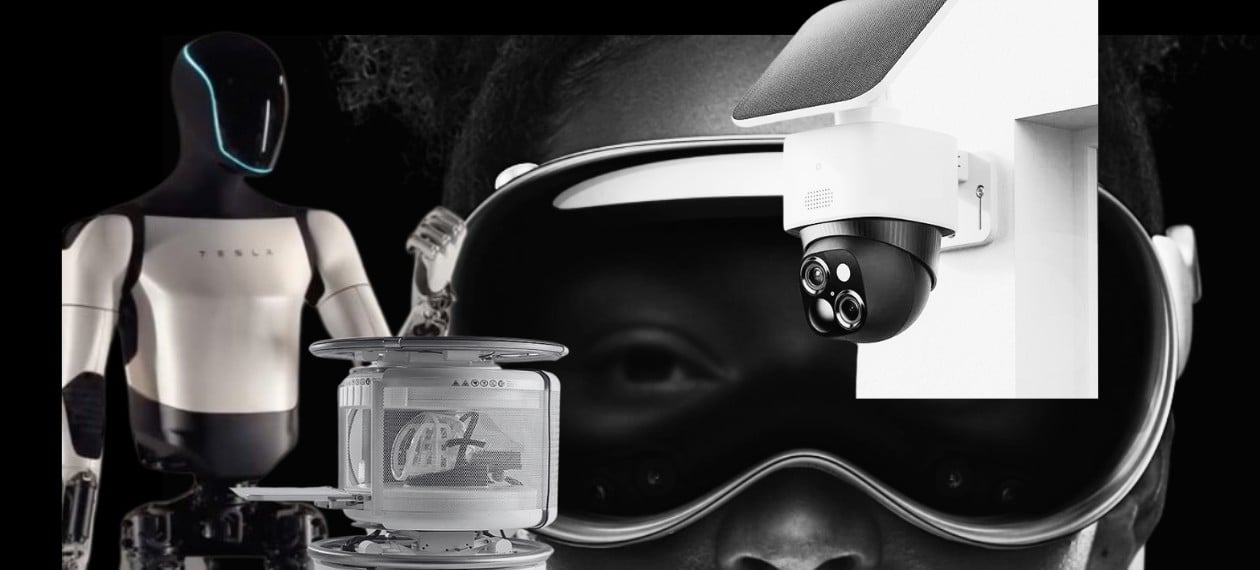
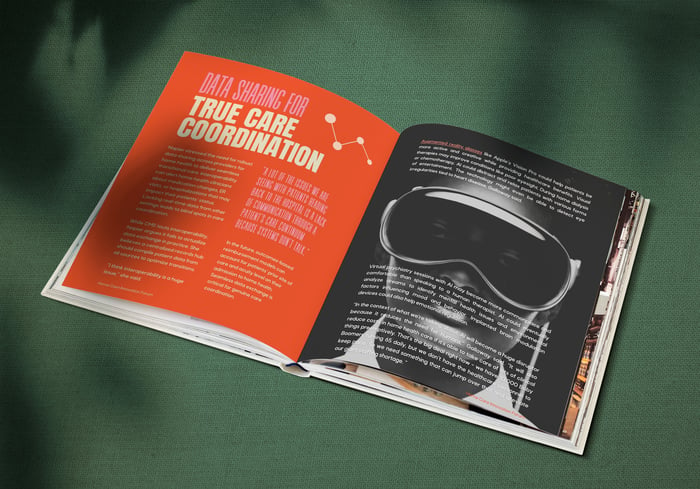

-2.png)
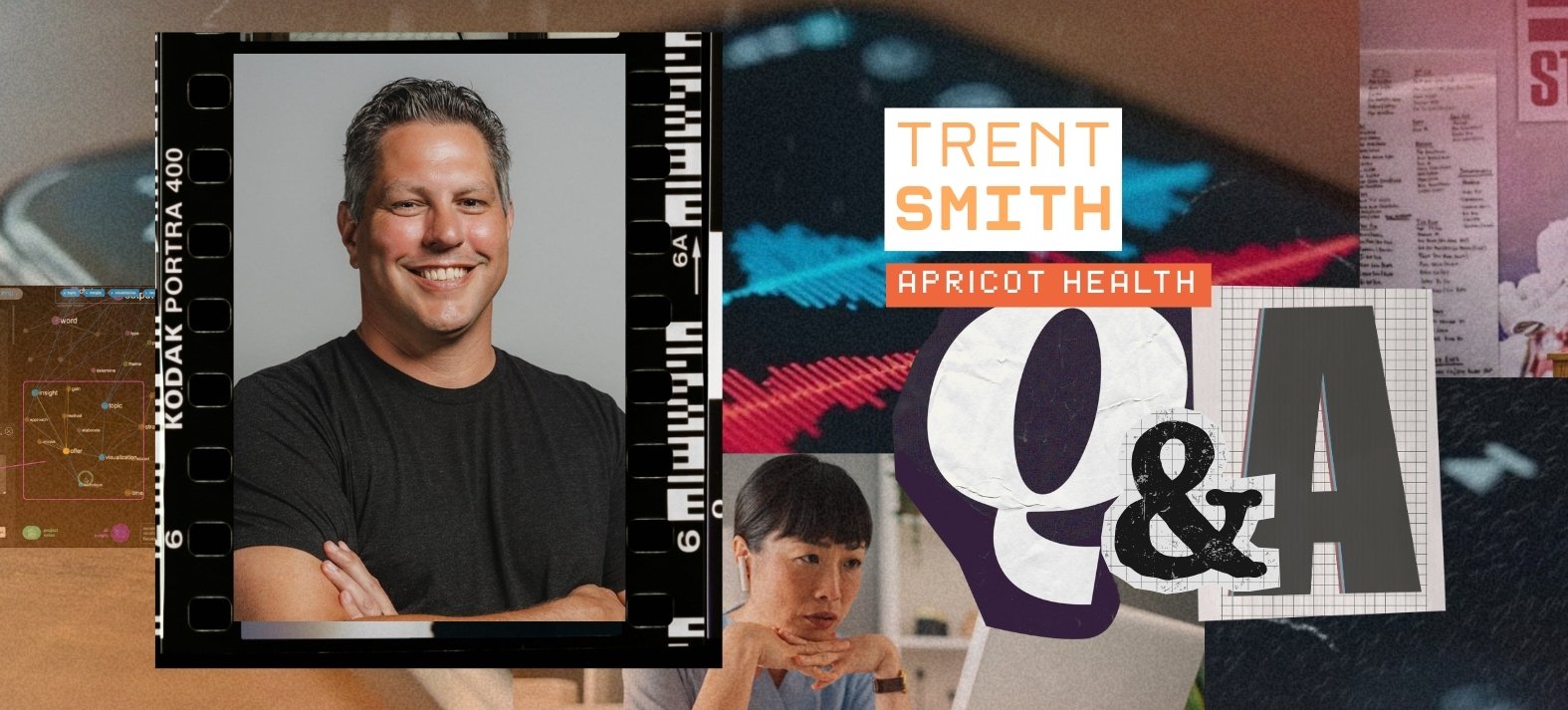
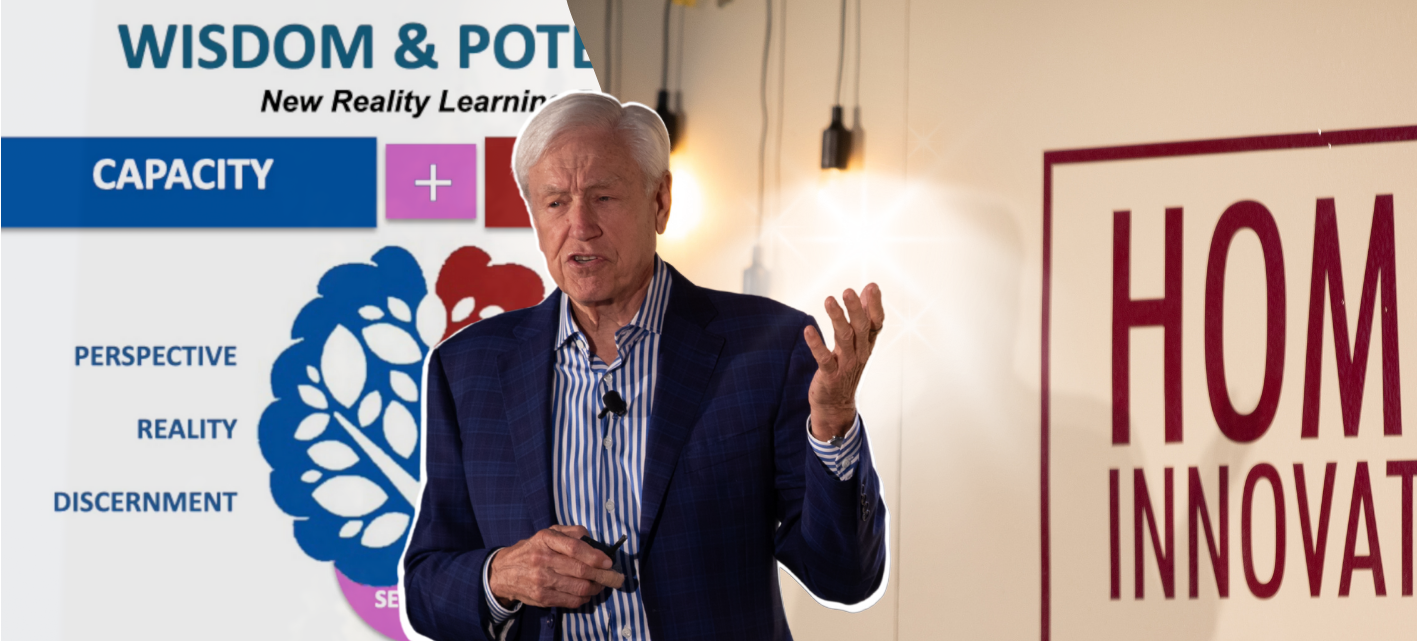
-2.png)
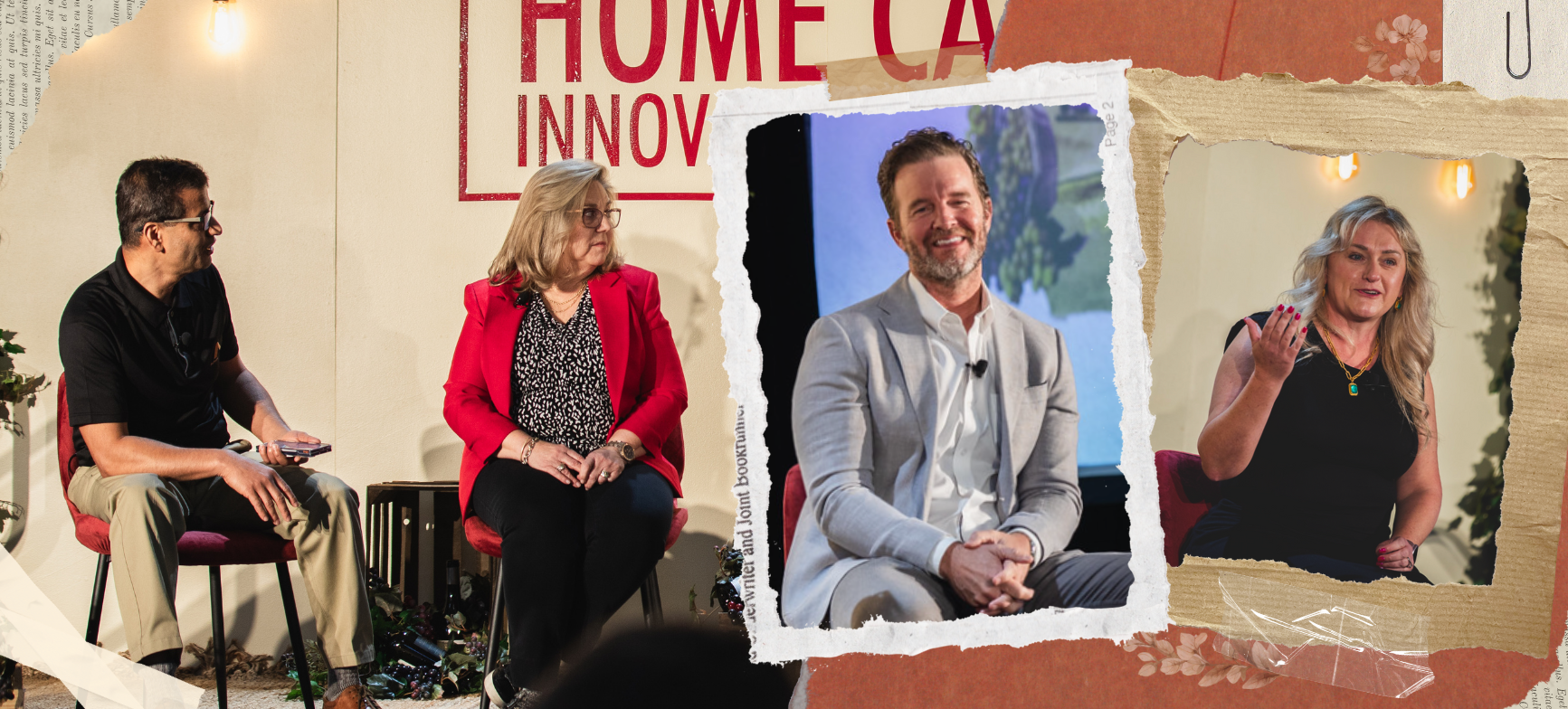

Comments